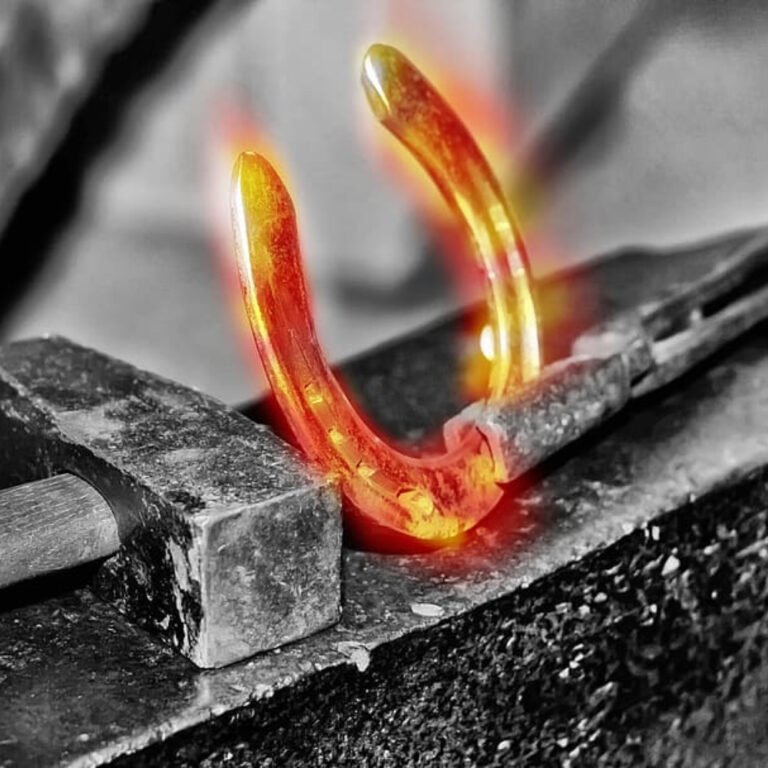Common Misconceptions
Common Misconceptions About Forging: Debunking Myths in the Industry
Forging is one of the oldest manufacturing processes, dating back thousands of years. Despite its rich history and established significance in various industries, there are still many misconceptions surrounding the forging process. This article aims to debunk some of the most prevalent myths about forging, providing clarity to OEMs, engineers, and innovators.
Myth 1: Forging is Only Suitable for Large-Scale Production
One of the common misconceptions about forging is that it is only effective for high-volume production runs. While it’s true that forging can be highly efficient for mass production, it is also a viable option for low-volume and custom projects. Many forging manufacturers offer tailored solutions that accommodate both large-scale orders and small batches. Custom forging allows companies to create specialized components without the need for extensive production runs, making it a flexible choice for various applications.
Myth 2: Forged Parts Are Heavier Than Other Types of Parts
Another myth is that forged components are always heavier than those made through other manufacturing methods, such as casting or machining. In reality, the weight of a forged part depends on its design and material. Forging can create strong, lightweight components by optimizing the material distribution and reducing excess weight. Advanced forging techniques, such as precision forging, enable manufacturers to produce lightweight parts that meet stringent performance requirements, particularly in industries like aerospace and automotive.
Myth 3: All Forged Parts Are the Same
Many believe that all forged parts are identical, leading to the misconception that forging lacks versatility. In truth, forging can produce a wide variety of shapes, sizes, and mechanical properties, depending on the techniques used and the material chosen. Different forging processes—such as open-die forging, closed-die forging, and precision forging—yield distinct characteristics, enabling manufacturers to tailor components to specific needs. This versatility is why forging is employed across multiple industries, including aerospace, automotive, oil and gas, and construction.
Myth 4: Forging Is an Outdated Technology
Some view forging as an outdated technology that has been surpassed by modern manufacturing methods. However, this perception is misguided. The forging industry has continuously evolved, incorporating advanced technologies such as computer-aided design (CAD), computer numerical control (CNC) machining, and automated processes. These innovations enhance precision, efficiency, and quality, keeping forging relevant in today’s competitive landscape. As industries demand higher performance and more durable components, forging remains a crucial manufacturing technique.
Myth 5: Forging Is a Slow Process
While some believe that forging is time-consuming, the reality is that advancements in forging technology have significantly improved speed and efficiency. Modern forging presses and automation streamline the process, reducing lead times and increasing production rates. For custom forging projects, the setup time can be minimized with careful planning and design, allowing manufacturers to deliver high-quality parts quickly.
Conclusion
Understanding the realities of forging is essential for making informed decisions in manufacturing. By debunking these common misconceptions, OEMs and engineers can appreciate the versatility, efficiency, and technological advancements that forging offers. As industries continue to evolve, forging will remain a vital process, producing components that meet the demanding requirements of modern applications. Whether for high-volume production or custom solutions, forging has much to offer, dispelling the myths that have surrounded it for far too long.





